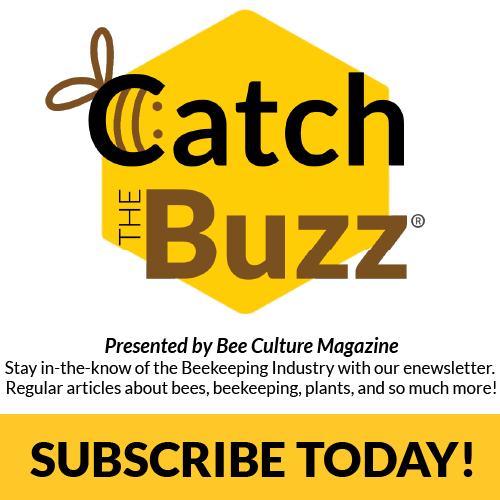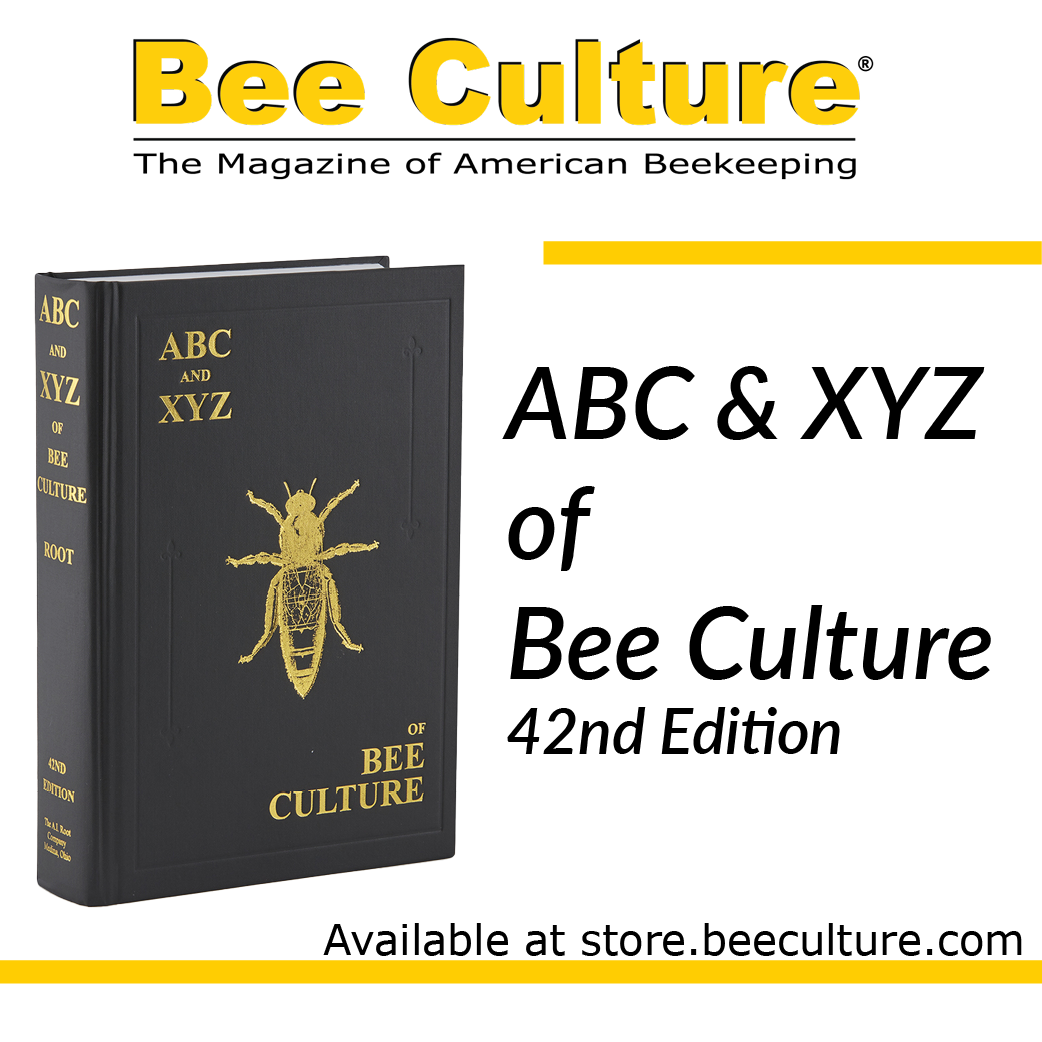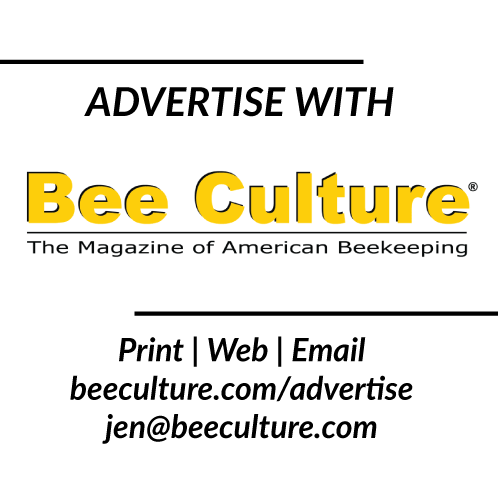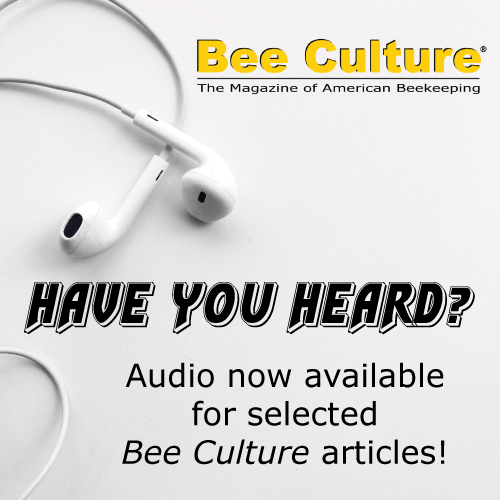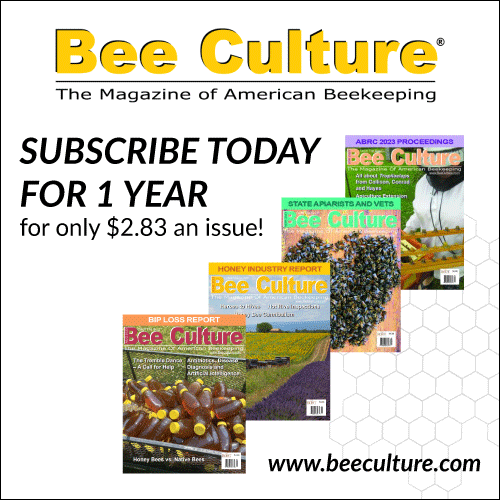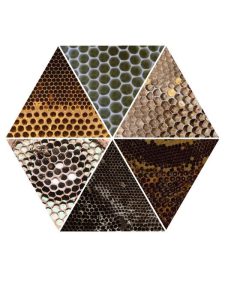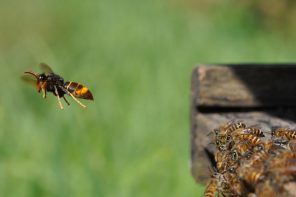All about honey – part 1
BY CHRIS SLAY
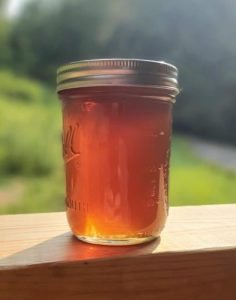 A quart of very fresh wildflower honey will taste like a sunny summer day all year long.
A quart of very fresh wildflower honey will taste like a sunny summer day all year long.
During the honey flow period, many established colonies made more honey than they need. In this four-part series, we’ll explore exactly what honey is, what differentiates some honey from others, traditional and modern medical uses, and the rich history humans have with honey as a food source. We’ll also disprove some common misconceptions about honey. Welcome back to the fascinating life cycle of the honey bee.
Honey begins as nectar from flowers. Worker bees collect nectar and pollen for food. The nectar that isn’t immediately consumed is stored in bees’ honey bellies and taken back to the hive. Honey bees’ salivary enzymes and proteins break down the nectar’s complex sucrose and starches into simple, more quickly digested sugars — glucose and fructose.
Because wild yeasts and bacteria can easily live on nectar, robbing its nutrients, honey bees reduce the nectar’s water content in two astonishing ways. First, they repeatedly regurgitate the nectar into their mandibles to create bubbles that provide a large surface area for water to evaporate. Second, after storing the partially dehydrated solution in open wax cells, groups of workers will constantly fan their wings, producing heat and airflow to reduce the water content even further. After the solution lowers to a water content of 18% to 15.5%, bees cap the cells with wax.
The nectar is now beyond the saturation point of water. This means there is far more sugar dissolved in what little water remains than ever could be dissolved in an equivalent volume of water.
For example, it’s impossible to dissolve one cup of sugar in seven teaspoons of water. This is honey.
Honey’s supersaturation of sugar is incredibly stable on molecular and chemical levels. Yeasts and bacteria are deterred from living on honey while in the capped cells, which ensures a very fresh and untainted food source.
The type of honey a colony produces depends entirely on the nectar’s primary source. Wildflower, the most abundant type of honey, is a combination of all of the thousands of different flowers from which the bees forage. Wildflower honey is typically light to dark amber in color and can have a very complex, multi-faceted taste. Other local nectar sources, such as basswood, tulip poplar, and sourwood trees, produce a much lighter-tasting, grassy-golden honey. Regardless of what the label says, no one knows what other flowers’ nectars are present without microscopically identifying the unique pollen cells in honey. Bees don’t discriminate.
At retail, honey is offered in many forms, but it’s either raw or processed. Most commercially produced honey is pasteurized, which ensures bacterial decontamination that may occur after uncapping the cells for extraction and the packaging process. Raising the temperature of honey above 104F also diminishes many of the unique qualities of honey. If you’ve ever had milk fresh from the cow, you understand. Commercial honey may also contain additives like high-fructose corn syrup or artificial coloring.
We are here to share current happenings in the bee industry. Bee Culture gathers and shares articles published by outside sources. For more information about this specific article, please visit the original publish source: All about honey – part 1 | Community News | thetomahawk.com

